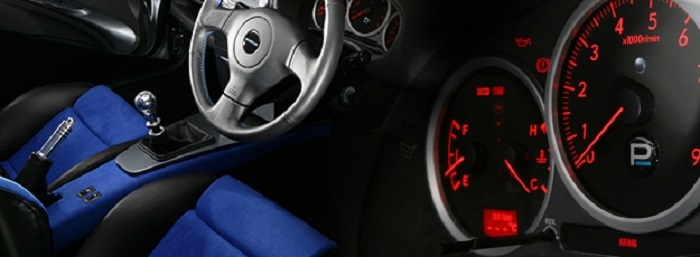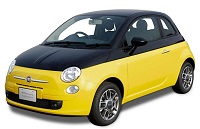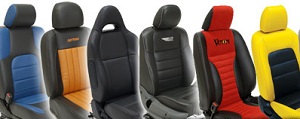When your car becomes my car

We have a saying here at CAP: a new car is new only for a moment, but it’s a used car for a very long time.
That’s something we try to impress on manufacturers. There’s a tendency to be focused on the ‘new’ part of a car’s lifecycle, partly I suspect because it’s the exciting part of the process, and partly because new car sales and market share are such important measures of success in the industry.
So strategies for boosting new car sales, and making new cars more attractive to customers tend to be the focus.

At the moment many manufacturers are fixated on customisation. The rationale behind this is simple: manufacturers have noticed that brands like MINI and models like the Fiat 500 have carved out an important place in the market through allowing their buyers to customise with unique colour and material combinations inside and out.
What was once a privilege of the super-rich, with their custom-built limousines and sports cars has now been democratised and MINI and Fiat are reaping the rewards.

Other brands have followed suit.
In some cases this has been driven by necessity. Optional equipment, a traditional source of profit for manufacturers is dwindling as more and more equipment is fitted as standard. This trend started at the value end of the market, but has now spread to the premium brands, where a specification ‘arms race’ is taking place.
So premium brands have shifted focus to allowing customers to upgrade – from standard leather seats to luxury leather, adding high-tech safety equipment and infotainment packages above and beyond standard satnav and sound systems. Keen to follow the trend, mainstream brands have followed suit.
But for me this raises two questions:
- Is there a risk that customers will create a new car that is impossible to sell as a used car?
- Are buyers adding equipment that will generate no value in the used market?
As for devaluing a car, I think that’s a risk which crosses brand boundaries. I recently met with a team from a luxury brand who pointed out that when their customers, who can specify almost anything in terms of colour schemes and optional extras do so, they almost certainly intend to keep the car as part of a collection: future value is not an issue for them, as they never intend to sell. Conversely when they are buying with a view to replacing common sense kicks in. There’s a reason these people are rich – they know and respect the value of money!

For the ‘ordinary’ customer, a new car is often something they have promised themselves – it’s a reward or a treat, and naturally they want to make it theirs. But given our increased focus on cost of ownership we shouldn’t forget that depreciation is the biggest cost of ownership. So consider that when tempted by the customisation options.
When looking at the used market, one thing is paramount: price. Shoppers might be looking for particular type of vehicle or want a particular brand or model, but they are governed by their budget. If you really, really want a premium model like a BMW X5 or an Audi A1, you’ll seek out one that fits your budget. If a vehicle is priced up to take account of premium leather or a top-class sound system, the customer may pass on it for a more affordable model.
So the answer to the second question is tick those option boxes wisely: a buyer looking for a premium brand vehicle might stretch their budget to some equipment if they think it adds to their ownership experience, but add special equipment to a non-premium vehicle and you can wave goodbye to the money completely: that market is even more price driven.
Matt Freeman, CAP Consulting Specialist


